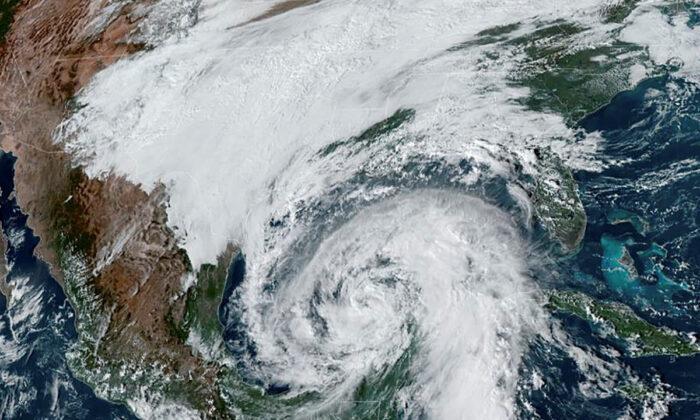HOUSTON—A slightly below-average 2023 Atlantic hurricane season lies ahead with an El Nino weather phenomenon damping the storm outlook, a top U.S. hurricane forecaster said on Thursday.
El Nino, a weather system that forms from warm ocean surface temperatures in the central and eastern Pacific, increases vertical wind shear, lessening or breaking up tropical storms.
“If a robust El Niño does not develop, the potential for an active Atlantic hurricane season still exists,” according to the first outlook by Colorado State University (CSU) researchers.
The forecasters expect two major hurricanes, or those with wind speeds of at least 111 miles per hour (179 kph), to develop out of six hurricanes and 13 named storms.
An average Atlantic season has 14 named storms, seven hurricanes, and three major hurricanes.
Last year broke a six-year string of above-normal hurricane seasons. CSU had estimated four major hurricanes but only two developed, including Hurricane Ian that spawned 150 mph winds, and hit Florida and South Carolina.
There is a higher chance that this year’s storms will strike the U.S. Gulf Coast rather than the Atlantic coast. CSU sees a 28 percent chance for a Gulf Coast hit and a 22 percent chance for strikes to the Atlantic coast, forecasters said.
Overall, there is a 44 percent chance for a strike along the U.S. continental coastline and a 49 percent chance a major hurricane will move through the Caribbean, Colorado State said.





